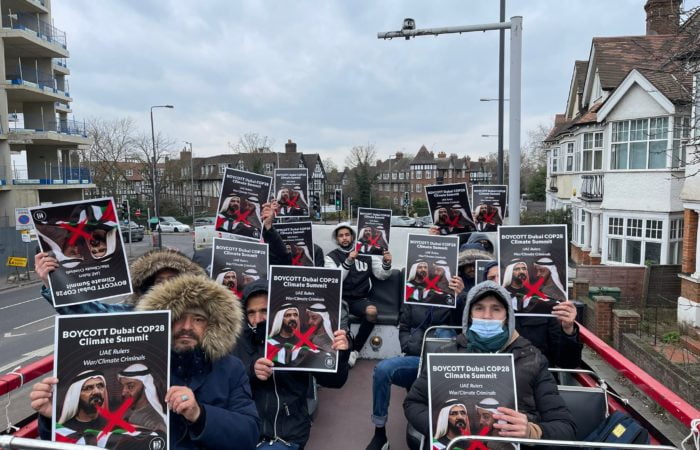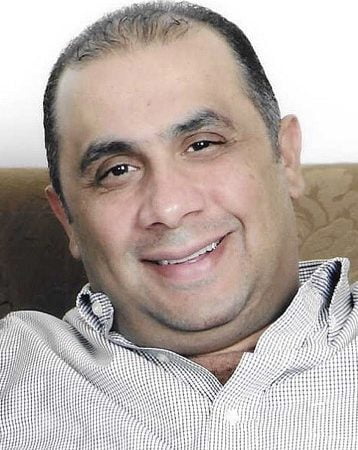Princess Latifa bint Mohammed al-Maktoum, the daughter of the billionaire ruler of Dubai, was careful to avoid suspicion. On the morning of February 24, 2018, the then-32-year-old modern and sporty royal instructed her driver to drop her off at a shopping mall downtown so she could meet her close friend, Finnish personal trainer Tiina Jauhiainen, for breakfast. The two women had met at the same time and place several times before in order to give the impression that this was a normal Saturday. But this particular day was far from ordinary.
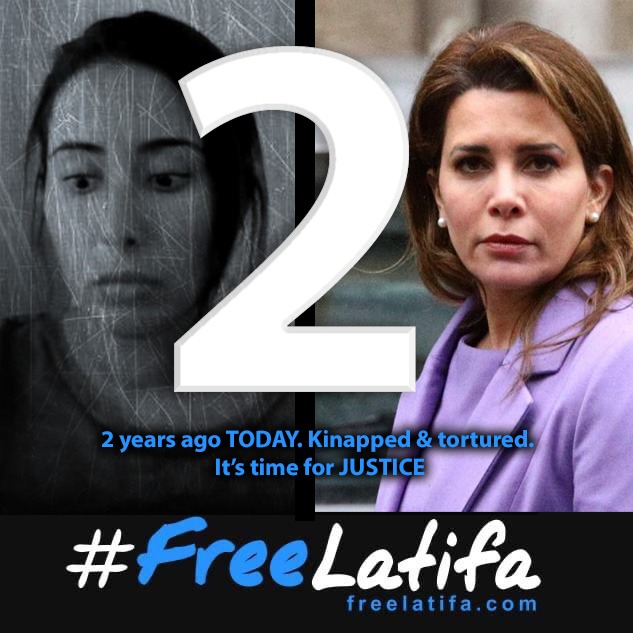
Once inside the mall, Princess Latifa went to the bathroom and changed out of her black abaya into a hoodie and sweatpants. She redid her hair and makeup, put on mirrored sunglasses, and threw her cell phone into the trash and destroyed the SIM card. Then, heart hammering, she slipped out an exit to Jauhiainen’s waiting SUV, which she hoped would take her on the first leg of a journey to long-desired freedom.
About a week earlier, Princess Latifa had secretly recorded a 40-minute video documenting why she wanted to flee Dubai, a city in the dazzlingly rich United Arab Emirates in the Persian Gulf. With her black hair casually pulled back in a ponytail, and wearing a washed-out blue tee, Latifa talked about the abuse, torture, and imprisonment she had suffered at the hands of her family, as well as her suffocating existence behind royal palace walls. “There is no justice here,” she said in a calm tone, sitting near a window with billowing cream-colored drapes in Jauhiainen’s Dubai apartment. “Especially if you’re a female, your life is so disposable.” The princess claimed that her father, Sheikh Mohammed bin Rashid al-Maktoum, Dubai’s 70-year-old ruler, who is also vice president and prime minister of the United Arab Emirates, was “the worst criminal you can ever imagine” and “responsible for so many people’s deaths.” She was recording her testimony as insurance to prevent a cover-up or being discredited, she explained, in case her escape failed. “If this thing kills me or I don’t make it out alive, at least there’s a video.”
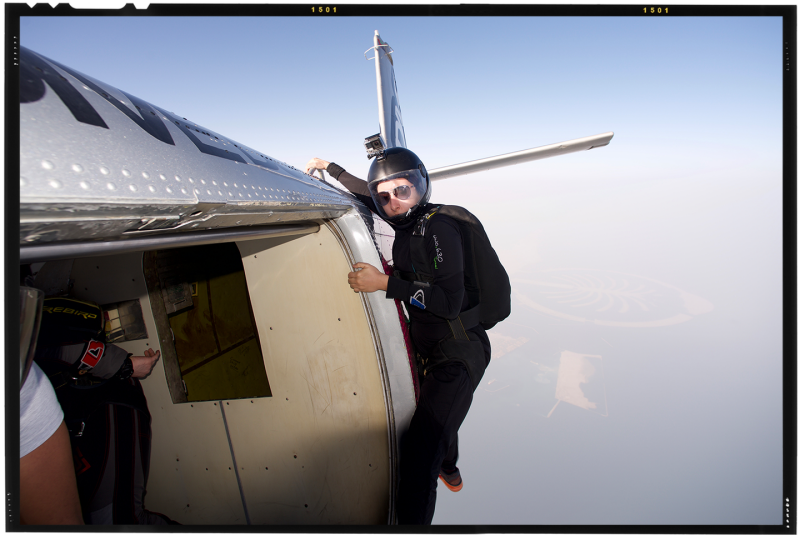
If this sounds like the makings of a movie plot, what happened after Latifa and Jauhiainen left the mall seems too outlandish even for Hollywood. The pair drove all day to the coast of neighboring Oman. From there, they rode over perilously high seas for four hours on a dinghy and Jet Skis to a private yacht, Nostromo, captained by a former French spy. The plan was to sail for about 10 days through international waters to safety in India. “We were so excited, we couldn’t resist taking selfies when we first set off,” says Jauhiainen, 43, who has long white-blond hair and pale blue eyes and once lived in Dubai. “I joked to Latifa that it felt like we were the characters in Thelma & Louise. She quickly replied that I shouldn’t tempt fate by mentioning that movie, because it doesn’t end well.”
The princess was right to worry. After eight tense days at sea, the yacht carrying the two women was stormed by a heavily armed commando unit sent by Latifa’s father. Jauhiainen, along with the yacht’s captain, Herve Jaubert, and three Filipino crewmen, were held with machine guns to their heads while Latifa was dragged off the boat. “She was fighting with all her strength. She shouted that she wanted political asylum,” recalls Jauhiainen. “When that didn’t work, she screamed over and over at the armed men to kill her. Her last words were ‘Don’t take me back to Dubai. Just shoot me here.’ ”
Princess Latifa is committed to equality, justice and freedom of speech and thought for all human beings. Known in some media as the “skydiving princess”, she is a devoted vegan and a committed animal rights campaigner.
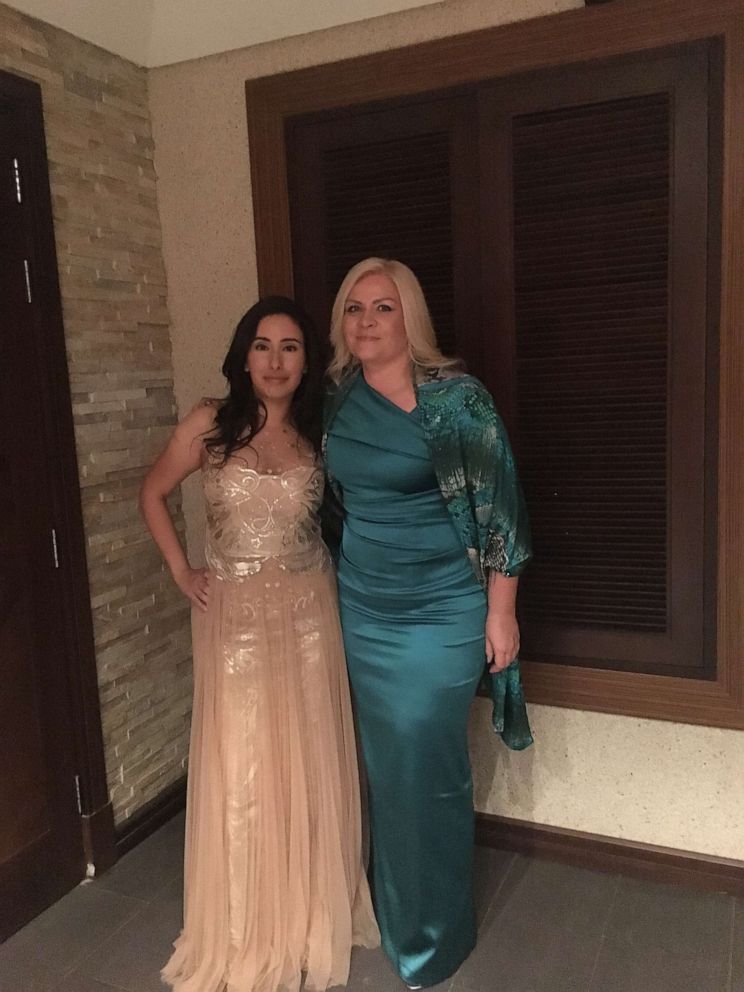
About Latifa and Our Campaign
We at Free Latifa campaign are now demanding what Latifa has fought for, for years: that she be free to travel to a country of her choice, free from torture, abuse and duress, and be able to associate with whichever friends, advisors and lawyers she chooses. Furthermore, we demand this right of all women in the UAE.
Latifa gave us very clear instructions on what to do in the event that her bid for freedom failed. She set out detailed plans for every eventuality. She trusted only a small handful of people with those details and instructions.
Latifa wanted us to continue to fight for her freedom and to tell her story around the world to inspire others. “If I don’t make it out, I really hope there’s some positive change that will happen from all of this,”she said in the remarkable 45+minute video she recorded before her daring escape attempt in February 2018.
She wanted to tell the world about her and her sister’s two- decade-long struggle for freedom from torture, abuse and oppression. As well as fighting her own battle, Latifa is also an advocate for equality. She made it clear that, even if she didn’t succeed, she hoped her story would encourage other women in the Middle East to stand up against male guardianship and patriarchy, and ultimately be free.
We are making sure her story will be heard everywhere.

